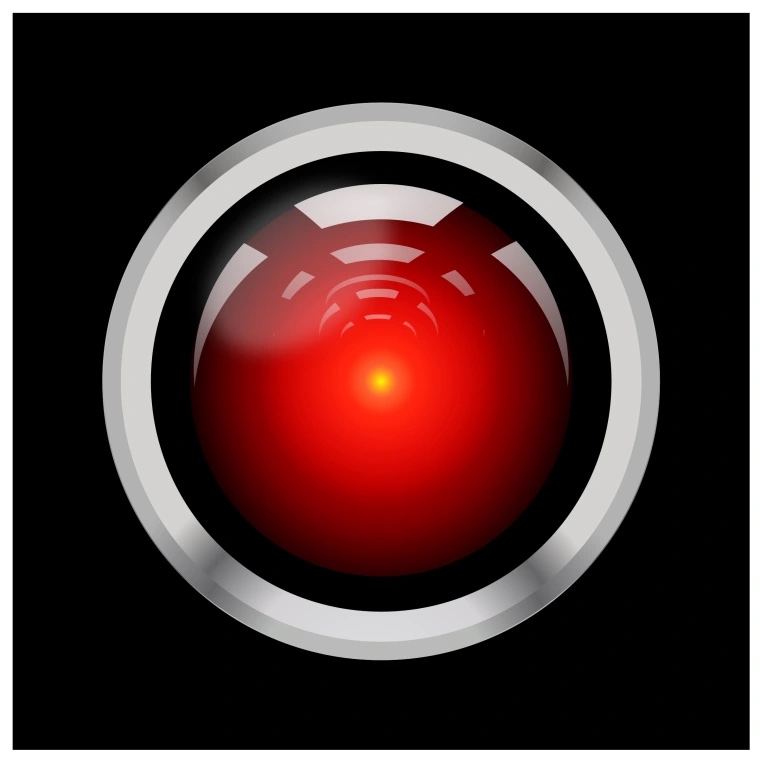The first time I watched The Matrix was on a Delta flight last year. Although the screen was small and the image quality was low, I was still shocked by this legendary movie, especially by the psychological concepts it introduced. One of the most striking sequences for me involved seeing the human pods and watching Neo wake up and perceive reality. Also, I found the fighting sequences that incorporate religious ideas and Chinese Kung Fu very intriguing. The Matrix was much more than a science fiction action film because it makes numerous references to historical myths and philosophy, including gnosticism, existentialism, and nihilism. In this blog, I would like to focus on philosophical discussions in the film.
One of the most legendary sequences in the film is the choice between the Red Pill or Blue Pill; the red pill symbolizes brutal reality, while the blue pill represents ignorance of the truth. (Reference to the definition in Wikipedia: “The red pill and blue pill represent a choice between the willingness to learn a potentially unsettling or life-changing truth by taking the red pill or remaining in the contented experience of ordinary reality with the blue pill.”) This concept raises several questions, such as: Is acknowledgement of the truth necessarily painful, and is ignorance truly bliss?
These questions and concepts are related to Plato’s Allegory of the Cave: There is a group of people who have been tied up in a cave since birth. They see shadows of people and trees, flickering in front of them but never actually seeing any non-shadow figures. One day, one of the prisoners sets himself free and escapes from the cave. When he reaches the outside world, he is baffled by what he sees—the color, the texture; the Sun hurts his eyes. He cannot believe what he sees. After spending enough time in the outside world, he gets used to it and returns to the cave to tell his fellow prisoners about this other world. However, these prisoners think him crazy, do not believe him, and become aggressive.
The red pill or the blue pill: The philosophical questions of the Matrix
Applying this analogy to the film, The Matrix is the cave. However, the reality in Plato’s Allegory and The Matrix is quite different: in the former, reality means freedom and a broader world, while in The Matrix, reality is bleak and dangerous. And I think it’s an interesting parallel of the meaning of the real world. Since the reality in The Matrix is so painful, it makes sense to see a character like Cypher wanting to go back to the matrix and say, “Ignorance is bliss.” However, in reality, do we really have the chance or rights to choose between learning the brutal truth or living in ignorance? In the real world, we seem to be taking the red pill and blue pill at the same time since sometimes we can learn the truth but are still trapped in the system and cannot be free from it.
As Morpheus speaks to Neo: “Do you want to know what it is? The Matrix is everywhere…It is the world that has been pulled over your eyes to blind you from the truth…That you are a slave, Neo. Like everyone else, you were born into bondage, born into a prison that you cannot smell or taste or touch. A prison for your mind…” In this iconic scene, Morpheus reveals to Neo that the Matrix is an artificial reality designed to keep humans subdued. His description of the Matrix as a veil that obscures the truth implies that people are unaware of the actual state of the world and their personal plight. The Matrix in the film can be viewed as a metaphor for the systems that dominate our lives, such as government, mass media, entertainment, and capitalism, all of which craft illusions that shape our perceptions and behaviors.
Reference:
Philosophers Draw On a Film Drawing On Philosophers – The New York Times
https://web.archive.org/web/20160303174946/http://www.unomaha.edu/jrf/gnostic.htm

Leave a Reply